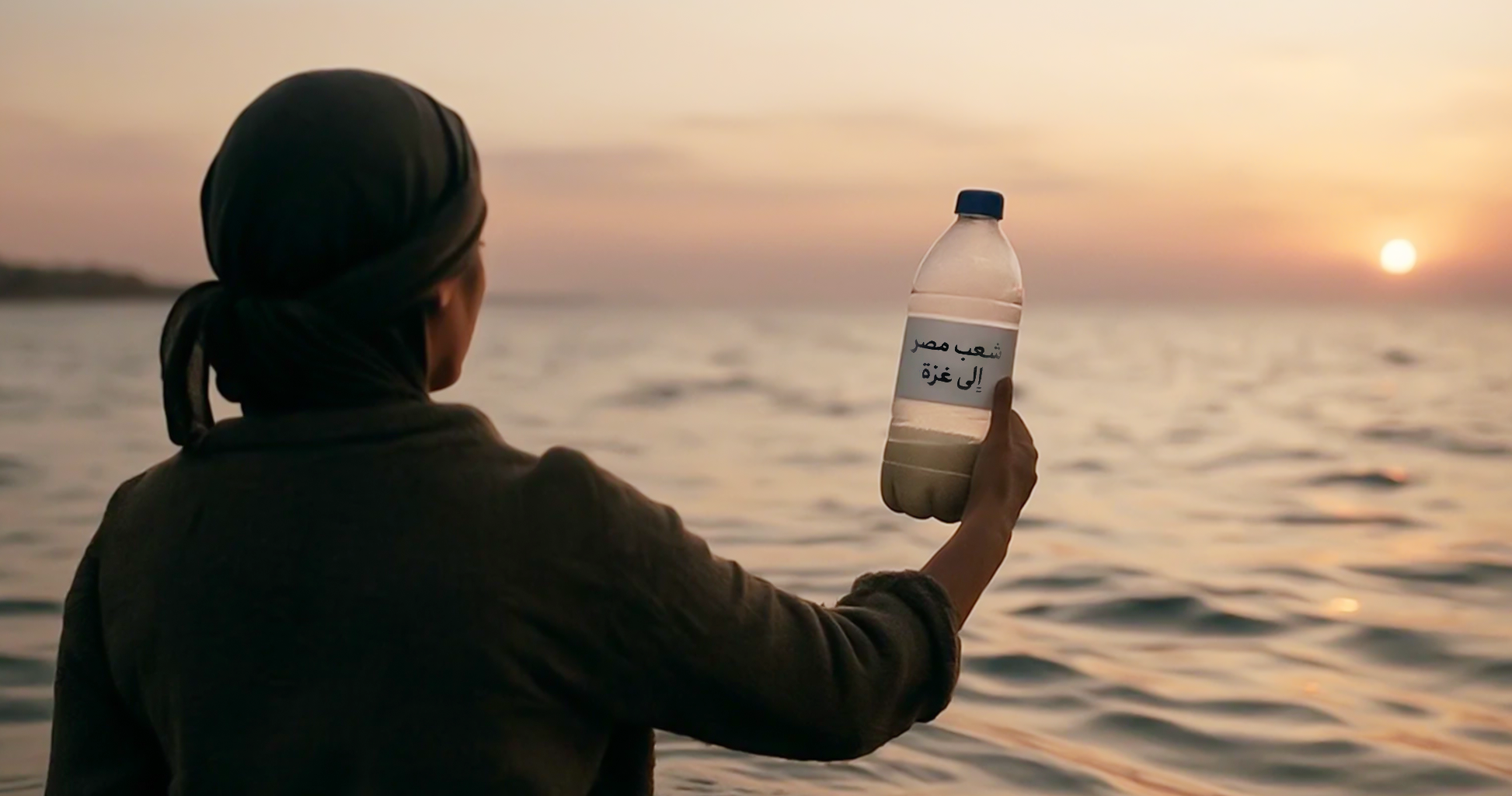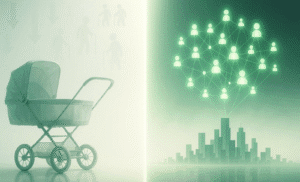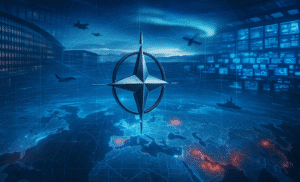Egyptians have recently launched a social-media–driven campaign titled “From Sea to Sea – a Bottle of Hope for Gaza,” in which citizens fill plastic bottles with grains, rice, lentils, and other dry foods and cast them into the Mediterranean, hoping they might drift to the besieged Gaza Strip. Though logistically incapable of delivering significant aid, the initiative embodies a symbolic act of solidarity by individuals desperate to act amid a stifling blockade that continues to starve one-third of Gaza’s population.
This gesture is not about literal food provision, but about expressing collective human empathy. In a context where formal humanitarian channels, such as UN-run distributions, have been replaced by controversial, Israeli-backed operations like the Gaza Humanitarian Foundation (GHF), which nonetheless face deadly chaos, symbolic acts reclaim agency and send a moral message.
Historic Echoes: Symbolic Initiatives in the Gaza Conflict
Symbolic solidarity toward Gaza has a precedent. In 2010, the Gaza Freedom Flotilla, notably the Mavi Marmara, drew global attention. The flotilla, organized by international activists including the Turkish NGO İHH, aimed to challenge the Israeli naval blockade of Gaza and deliver humanitarian aid. Although it carried supplies, its primary intent was political, to highlight the blockade’s humanitarian consequences and provoke international scrutiny. The mission ended violently when Israeli forces intercepted the flotilla in international waters, resulting in the deaths of nine activists and sparking widespread condemnation, according the to the UNHCR.
Other efforts have blended symbolic and material support. In 2021, following heightened conflict in Gaza, Israeli and Palestinian peace activists coordinated cross-border delivery of aid via Kerem Shalom, one of the few active commercial crossings into Gaza. These convoys carried thousands of aid packages donated by private citizens, not governments, a rare instance of joint civil humanitarian action. Despite periodic disruptions due to security concerns, the gesture was both practical and symbolic, expressing solidarity across the divide.
Even religious figures have turned to symbolism to express care for Gaza. In 2014, following Operation Protective Edge, Pope Francis repurposed his iconic popemobile into a mobile medical clinic intended for use in Gaza. Dubbed the “Vehicle of Hope”, it was designed to serve child victims of war and displacement. While modest in scope, the act held deep moral resonance, fusing religious compassion with humanitarian intent.
These efforts, whether by international activists, local citizens, or religious leaders, demonstrate that even when direct aid is constrained, symbolic humanitarian action serves to reclaim agency, express solidarity, and challenge the political conditions producing humanitarian suffering.
Each case shows how symbolic initiatives, even when limited in practical scale, perform an expressive function: they enact people-to-people solidarity, build moral pressure, and often highlight the failure or insufficiency of institutional aid mechanisms.
Theoretical Perspective: Social Solidarity and Symbolic Action
From a sociological vantage, this Egyptian initiative can be interpreted through Durkheimian and Weberian lenses. Emile Durkheim argued that symbolically meaningful rituals (especially public, collective ones) reinforce solidarity and a sense of shared moral community. Casting food bottles into the sea, while impractical, becomes a ritual gesture that unites participants in grief, outrage, and hope.
Max Weber’s concept of symbolic action also applies: participants send a message not only to Gazans, but to their own society and the international community, they signal dissent against imposed helplessness and articulate a narrative of moral responsibility. This bottom-up initiative emerges precisely because institutional systems have stalled, scarce UN corridors, militarized aid models, and distributions marred by violence and political agendas.
Such symbolic actions also tap into what political theorist Arendt described as the “space of appearance”, the arena where public opinion and moral identity are formed. Bottles in the sea become, in effect, floating testimonies to both Gaza’s suffering and Egyptian empathy.
Implications: Moral Witness, Media, and Limits
These small acts become amplified through social media, turning viral footage into moral witnessing. Images of ordinary Egyptians throwing bottles pierce through the inertia of international diplomacy and challenge narratives that reduce Gaza’s crisis to numbers and geopolitical calculus.
Compared to formal nonprofit or relief efforts, such gestures lack scale but gain in immediacy of emotional resonance. They also expose the impotence of conventional humanitarian channels under conditions of siege and politicized intervention.
Balancing Solidarity with Realism
That said, symbolic action should complement (not replace) substantive interventions. While bottles are poetic, Gazans desperately need corridors for serious aid. Critics have condemned the Israeli-backed GHF system that replaced UN aid for operating under political logics, resulting in deadly queues and systemic failures. Symbolic solidarity may catalyze public pressure, but closure of crossings, militarized distribution, and predatory contracting cannot be undone by bottles alone.
Humanitarian symbolism thus occupies a dual role: as emotional mobilizer and moral indictment. It gestures toward an ideal of global citizenship where individuals claim ethical responsibility, even in geopolitical helplessness.
Environmental Disclaimer
While the emotional resonance of bottles cast into the sea is undeniable, such plastic pollution poses environmental risks, from marine debris to ecosystem harm. Although the environmental impact is not the central concern here, awareness of such unintended consequences remains important.
A Final Note
The Egyptian bottle-release initiative, though physically ineffectual, serves as a potent act of moral solidarity, offering Gazans psychological companionship and sending the world a message that ordinary people refuse to look away. It stands in a lineage of symbolic actions from aid flotillas to religious gestures that seek to puncture silence and political inertia.
These grassroots expressions resonate because they humanize Gaza beyond statistics, forging moral connections that institutional aid often obscures behind bureaucracy or coercion.



















